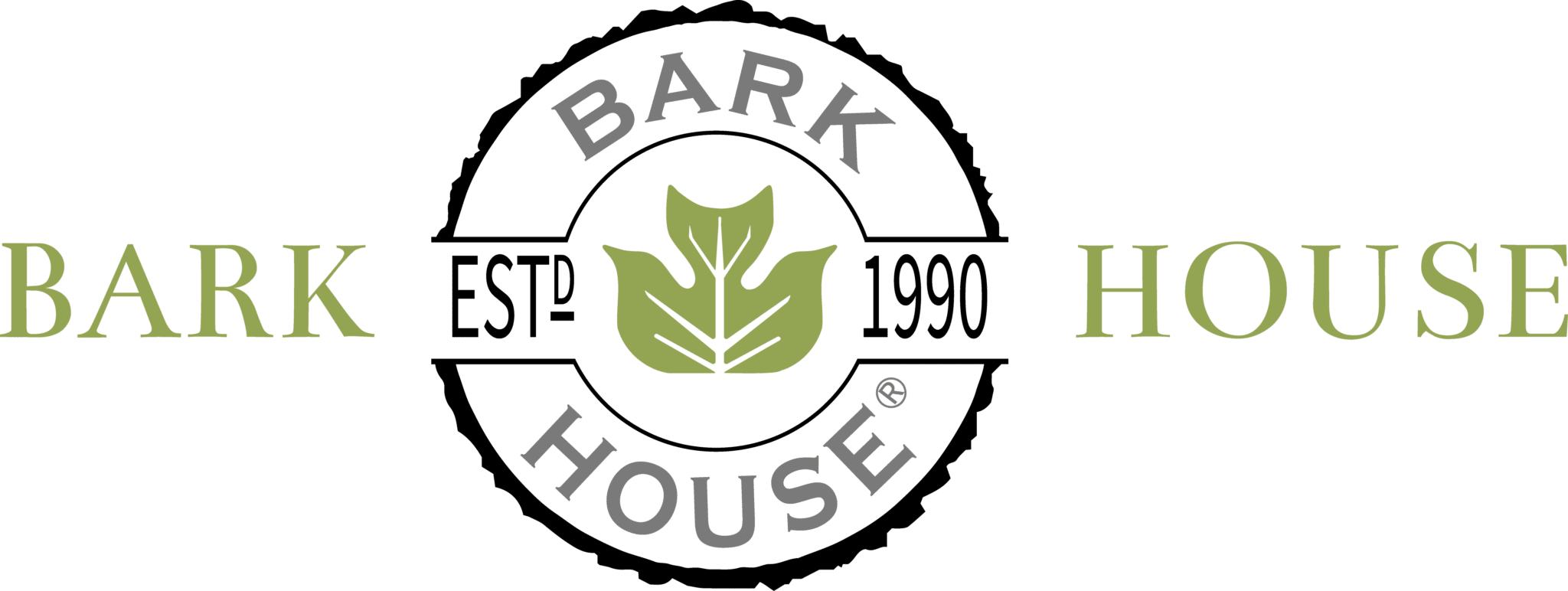Bark Siding Celebrates Family Cabin Legacy
It’s often true that a family’s past is just as important to them as their future — if not more so. When Dale Mulfinger of SALA Architects was contacted by this client, he knew that was the case: They had just purchased new lakefront property, with a vision.
They wanted more space to host and build their family traditions than their previous cabin would allow. But they wanted the current property, though new, to celebrate the family legacy that they were bringing with them.
Mulfinger rose to the challenge of preserving family history in several ways, with trees and bark siding playing a key role.
Key Elements Make the Past Tangible
He began by pulling several tangible elements from the family’s previous vacation home, including:
- the swings in the kitchen
- the timber framing of the screened porch, and
- the special signs hung outside each of the bedrooms
These features were directly incorporated into the new space, effectively transferring the spirit of the old home into the new.
The family also clearly valued their proximity to nature, evident through their preference for cabin homes in woodsy surroundings. What better way to emphasize this connection than to invite nature in, using natural textures and materials?
- A large soapstone fireplace called a Tulikivi served as a natural anchor for the home, keeping the family cozy year‑round to boot.
- Red oak and poplar trees indigenous to the site were used to line the hallway, effectively establishing a seamless continuation of the native wilds from out to indoors.
- Rough poplar bark siding by Bark House gives this cabin a distinct and lovely North Woods feel.
- Finally, E‑Series Anderson windows in Fire Engine Red, which complement the bright reds of local red oak in the fall, serve as the perfect accent and finishing touch to the family cabin.
Incorporating Bark Siding
There are many benefits of using bark siding in building and decorating projects:
- Like the role of bark on trees, bark siding protects the exteriors of architectural constructions, including homes, lodges, and commercial buildings.
- Bark siding offers high acoustic and insulation values.
- Natural beauty is easily achievable, no matter your aesthetic preference. Bark House Poplar Bark Siding, for example, offers a choice between
- richly textured, elegant standard‑grade bark siding for your exterior needs,
- thicker, premium grade bark siding for deep furrows and a more pronounced shadow line, also for your exterior siding needs, and
- interior grade bark siding with natural texture suited for the indoors.
This siding is harvested entirely from reclaimed waste products of the logging industry, and holds more carbon in the built environment than in all of the manufacturing products, making it carbon neutral.
Bark siding made through a regenerative process is also fully biodegradable, so there are no worries of products polluting the environment, whether soil or water, at the end of their lifespans. This is an example of going beyond sustainable architecture.
More ways in which Bark House bark siding is a regenerative product?
- Poplar Bark Wall Tiles are the world’s first and only product to have achieved a Cradle to Cradle® Platinum Level Certification (2017‑2018) for sustainability.
- 100% sourced and made in the U.S.
-
Bark House invests over 50% of its income directly back into the local Appalachian economy.
Learn more about Bark House bark siding products here.
Project: Private residence, Ox Lake Club
Architect/Project Lead Designer: Dale Mulfinger, FAIA, Principal Emeritus, SALA Architects & Katie Leaf, AIA
Design‑Build Contractor: North Ward Homes
Product: Bark House Poplar Bark Shingles
Location: North Central Minnesota
Photography: Troy Thies

